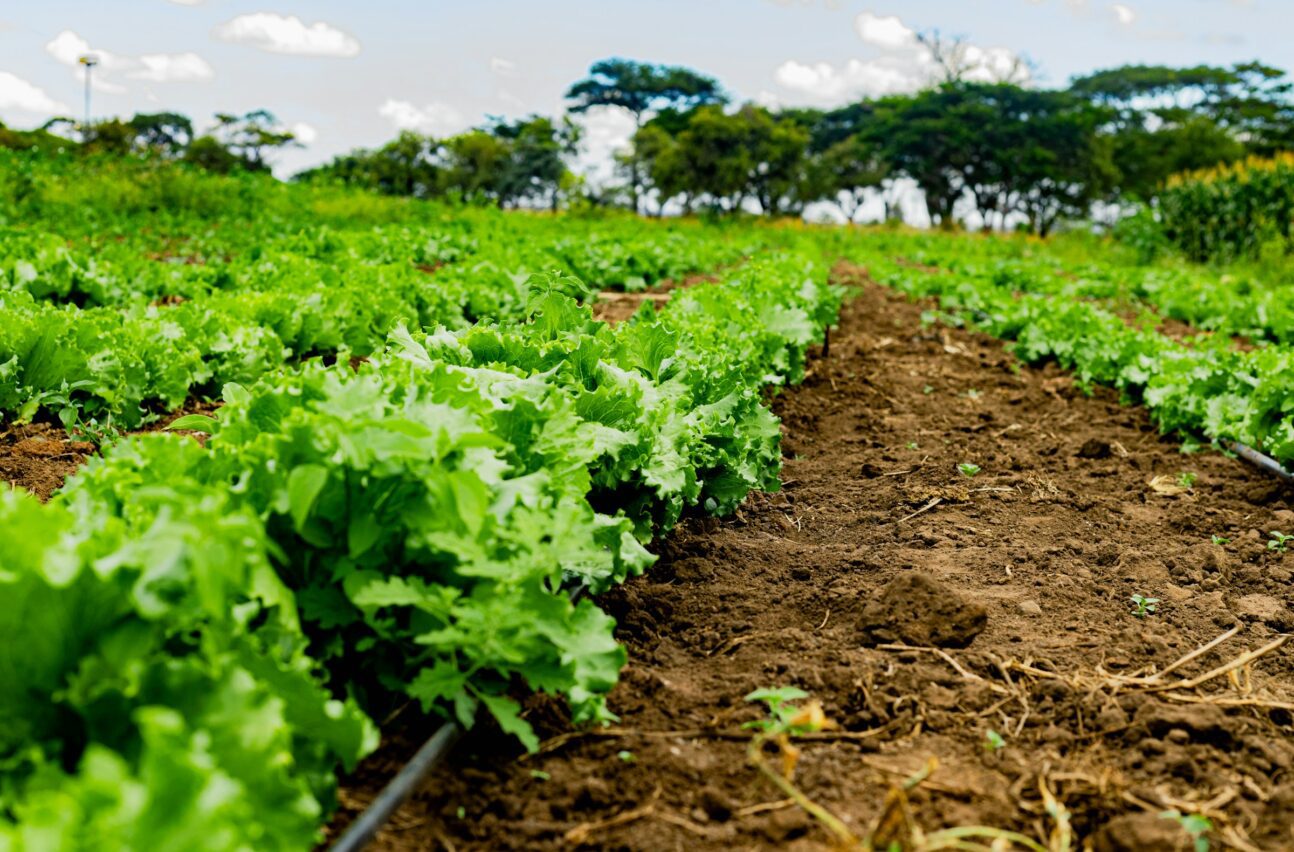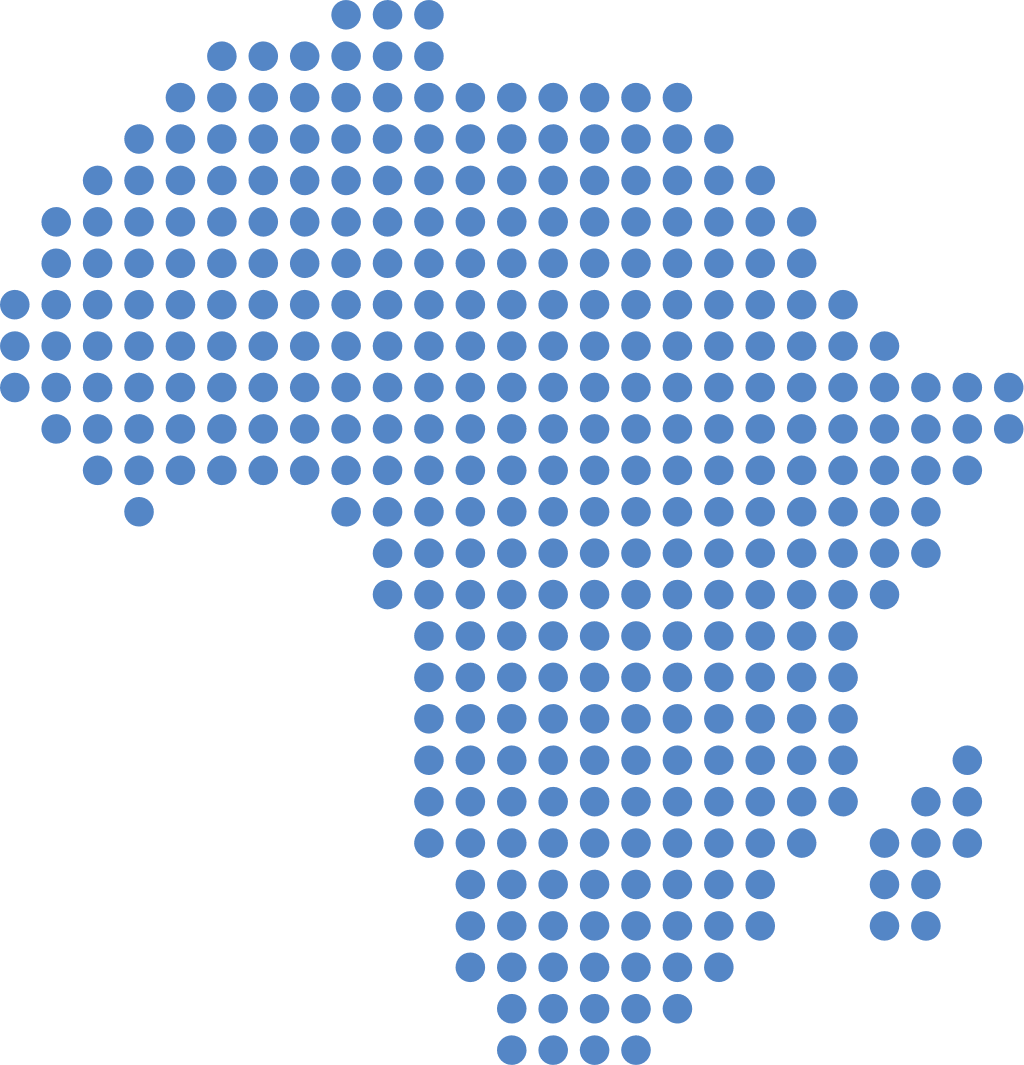SGCI News
Members of Canada’s International Development Research Centre (IDRC) joined senior Human Sciences Research Council (HSRC) staff in a Feminar facilitated by Gender at Work entitled “Going beyond the SGCI: Learnings…
Members of Canada’s International Development Research Centre (IDRC) joined senior Human Sciences Research Council (HSRC) staff in a Feminar facilitated by Gender at Work entitled “Going beyond the SGCI: Learnings and reflections on positionality power and politics. Integrating gender and inclusivity perspectives into the ecosystems of research institutions”.
The Feminar, which drew together experts from a range of institutional contexts, sought to interrogate a key question: “What are we learning about supporting the creation of more inclusive and gender equal cultures across education and research institutional landscapes?”
LEARNING ONE: Change requires a nuanced awareness of the problem
Professor Heidi van Rooyen, principal investigator and group executive of the Impact Centre at the HSRC – itself a participant in the ongoing Gender & Inclusivity Project of the Science Granting Councils Initiative (SGCI) – argued that a nuanced awareness of gender and inclusivity and why it matters is foundational to change processes in an institutional context.
Sharing her own insights into the first phase of the Gender & Inclusivity Project, which aims to strengthen the capacities of science granting councils to advance systemic change towards greater gender equality in the science, technology and innovation (STI) sector, Van Rooyen said some councils have been able to formulate gender and inclusivity-related policies because of their training while others have focused on directly on improving representation of women. “We might say that’s not good enough, but it’s a start: there’s a greater understanding of why gender matters and what it is.”
Van Rooyen noted that there was evidence of change taking place at the level of the personal: individual women participants in the project reported that they were interrogating their roles as wives, partners, mothers – as well as their function within the workplace. “As a person, you also have to shift and ask difficult questions,” said Van Rooyen “We’ve started to equip people with the intention and desire to make and see change – and to argue in their institutions and workplaces for some shifts.
“I think there is a lot still to be done and we are grateful for another round of funding to look at how we deepen learnings and take some of the work forward.”
LEARNING TWO: Readiness for change is complex and often context-dependent
Van Rooyen emphasised the importance of honouring the “nuanced change story” of each of the project’s 16 participating science granting councils and avoiding a one-size-fits-all approach.
“…We had to start where they were at … People can only go so far as they feel ready, able and equipped,” she said. This meant adopting a flexible approach. “It meant saying: this is working, this isn’t. Can we offer something else that might speak to cultural or systemic constraints?”
Asked what “being ready” for change might look like, Van Rooyen said it could be a moment when you instinctively become aware that you can push for something. “When there’s enough will, energy momentum or when there’s been an event that’s pushed certain issues to the forefront … It could be a couple of those things,” she said.
According to Van Rooyen, having the right champion to drive the change process was critical. “Somebody has to run with it. Others are likely to follow, but someone has to champion and drive the process; someone with authority and influence in the organization and who can do the hard work of pulling it through, because it requires ongoing commitment.”
Gender at Work executive director dr madeleine kennedy-macfoy said in her experience there were degrees of readiness or a “spectrum” which might include an existing policy and at least some levels of awareness of gender issues and inequality. If there was a policy in place, readiness might also be affected by whether or not it was possible for an institution to prioritise implementation of that policy and, beyond material resources, whether there were people available to devote their time to “mainstream” the issues.
Diakalia Sanogo, senior programme specialist for IDRC, based in Senegal, said he had personally observed in the implementation of SGCI G&I Project how important it was to “go with the pace of the organisation” and to avoid a situation in which council members felt as if things were being imposed upon them. A collaborative approach could accommodate the fact that not all councils are at the “same level of understanding and integration of gender and inclusivity concepts”, he said.
“We started with bottom-up approach; we assessed the needs and the status of each council and adapted our technical support to them. Today, I can see we have made strides. We are in the process of integrating gender and inclusivity into STI research.”
Sanogo described the process as “progressive”.
“We move step by step, and we always have to listen to partners/councils to see what they need and support them accordingly,” he told the Feminar.
LEARNING THREE: Relational and needs-driven methodologies foster change
David Kelleher, co-founder and a senior associate of Gender at Work based in Canada, suggested that successful change processes relied on a good relationship between gender facilitators and their partners. It was about “staying connected” and “being patient”, he said.
Kelleher, who has worked on several projects with Canada’s International Development Research Centre (IDRC), one of the partners to the SGCI when it was launched in March 2015, was asked to highlight some of the principles that guide the IDRC’s work.
He said the IDRC and its programme officers believe in a collaborative approach. “We don’t push partners around, or demand particular outcomes. We work in a participatory way,” he told the Feminar.
“People don’t get good ideas in relationships where they feel pushed around, or made to feel guilty … so we work hard to develop quality relationships with partners and grantees that can build a space that people can learn in.”
“We needed a strategy that was non-coercive but could stimulate learning and came up with the idea of mentoring.”
Kelleher said projects that had gone well usually involved partners who “really got engaged and brought new energy to it … and champions emerged and things happened”.
He said it was also important to be able to help partners get beyond the idea of a “quick fix” – a training programme or tool – and, instead, to help them understand that some serious learning was needed and, even if they were excited, change wouldn’t happen quickly.
“Working over [a period of] time, for a year, a year-and-a-half, has proved important. Then you begin to see good outcomes.”
The value of time was also highlighted by Gender at Work’s Michal Friedman who reflected that she had come to see time as a deep structural issue which affected everyone involved in gender and inclusivity work, including partners in the current G&I Project.
Referencing Chinese philosopher Lao Tzu who described time as a social construct said that “If you can’t have time to reflect, to deal with the emotional issues and fear etc.; if you don’t have time to listen to your peers, it’s going to be difficult to create new ways of working that are potentially transforming,” she said.
Shannon Sutton a consultant for Gender at Work, who is also deeply familiar with the work of the IDRC, said approaches such as mentoring, gender action learning and peer learning were still “strong and foundational” to the work of the organisation which now focused on a ‘menu of offerings’ which responded to partners’ interests and identified needs.
Emphasising the need for ‘readiness’ on the part of partners and implementing staff, Shannon said there was a need to go “where energy is”, reaching teams where there was a real interest and identified need. “That’s when we can have fruitful relationships and nurture those relationships.”
A consistent challenge, particularly in the early days, was how to provide “clarity around the way we work”, she said.
Partners were often surprised by the collaborative approach which saw them sitting down with staff to forge something jointly rather than being told what to do by ‘experts’.
“Often there would be an Aha! moment half way through as they grasp the [the concept of] accompaniment. In the early days, though, we often have to work to ensure we are able to highlight what [the process] is and what it isn’t.”
A final thought
Reflecting on the impact of the process for the HSRC in particular, Van Rooyen observed the HSRC’s dual role as a science council and coordinator of the G&I Project had meant the organisation was unable to be a “full participant” in the G&I Project. She said she hoped that during the next funding round, HSRC staff might begin to “do some of that work themselves” and give some thought to what was needed to transform areas of their organisation.
It was a point that reiterated one of the key learnings of the process: the fundamental importance of being aware that gender does matter.
In a comment that captured the foundational character of this learning and likely resonated with all participants, Van Rooyen said while the work done over the past three years may not have translated into a shift at the broad level of gender transformation in her own organisation, it was not wasted.
“The work has impacted us individually and positioned us well for how we take things forward,” she said.
Related News
Innovation highlight series: part three
Across Africa, locally driven research is delivering practical solutions to some of the continent’s most pressing development challenges, from food security and clean energy to livelihoods and industrial efficiency. Supported by the Science Granting Councils Initiative (SGCI), these innovations show how targeted funding, skills development,…
Powering Africa’s science through stronger councils
Strengthening national science granting councils is emerging as one of the most effective pathways for improving how African countries finance and govern science for development. This was the focus of the thematic session on Financing Science for Impact held during the Science Forum South Africa…
Councils seek solutions to research financing crisis
African countries are working to strengthen research quality, ethical practice, and grant management through the Research Excellence and Good Financial Grant Practices Workshop. The Science Granting Councils Initiative (SGCI), together with the Association of African Universities and Senegal’s Ministry of Higher Education, Research and Innovation,…
SGCI funded projects
Rwanda’s integrated approach to sustainable agriculture and nutrition
Project Titles & Institution Areas of Research Number of Projects being funded Project Duration Grant Amount In-Kind Distribution Council Collaboration with other councils





